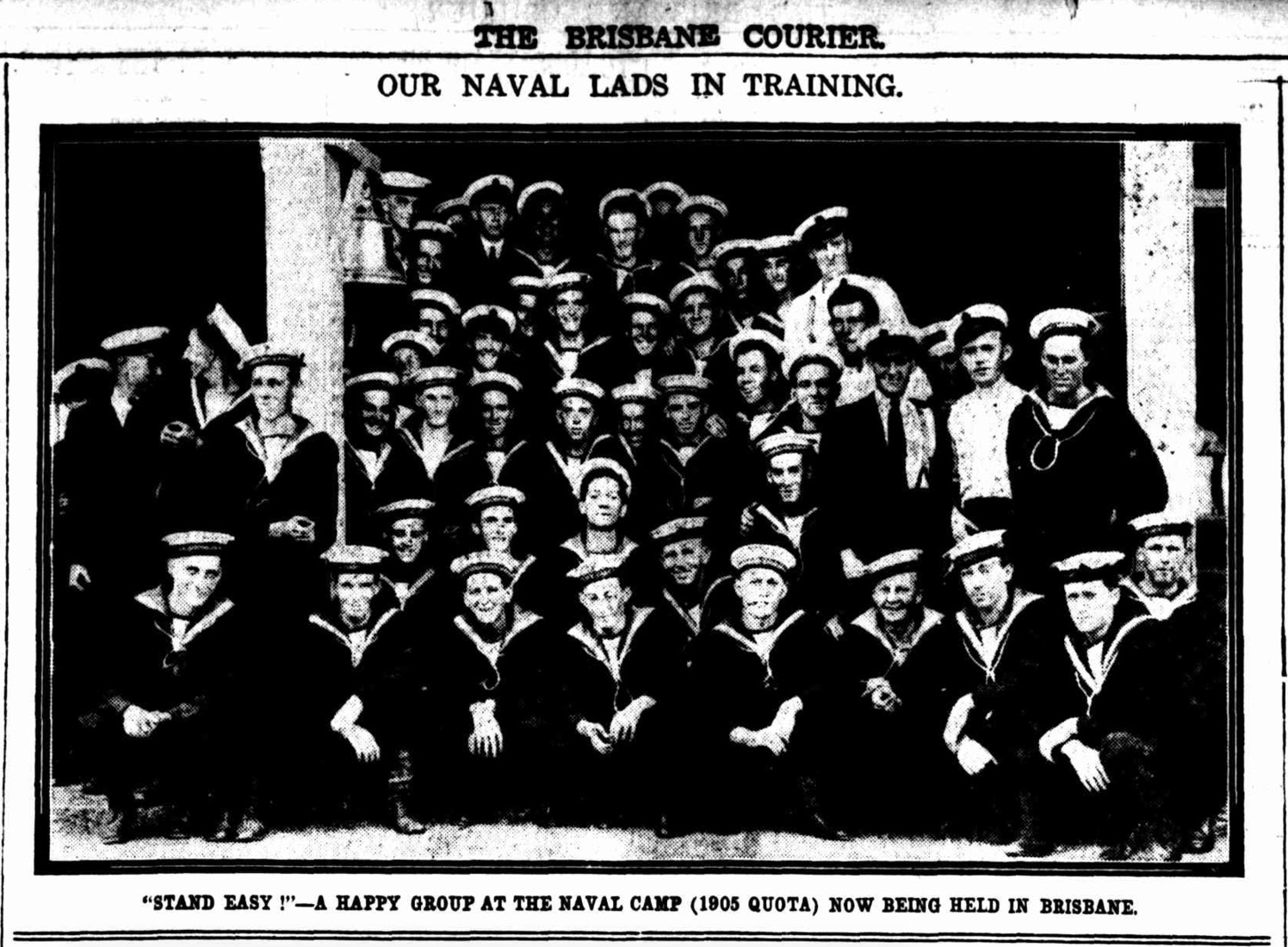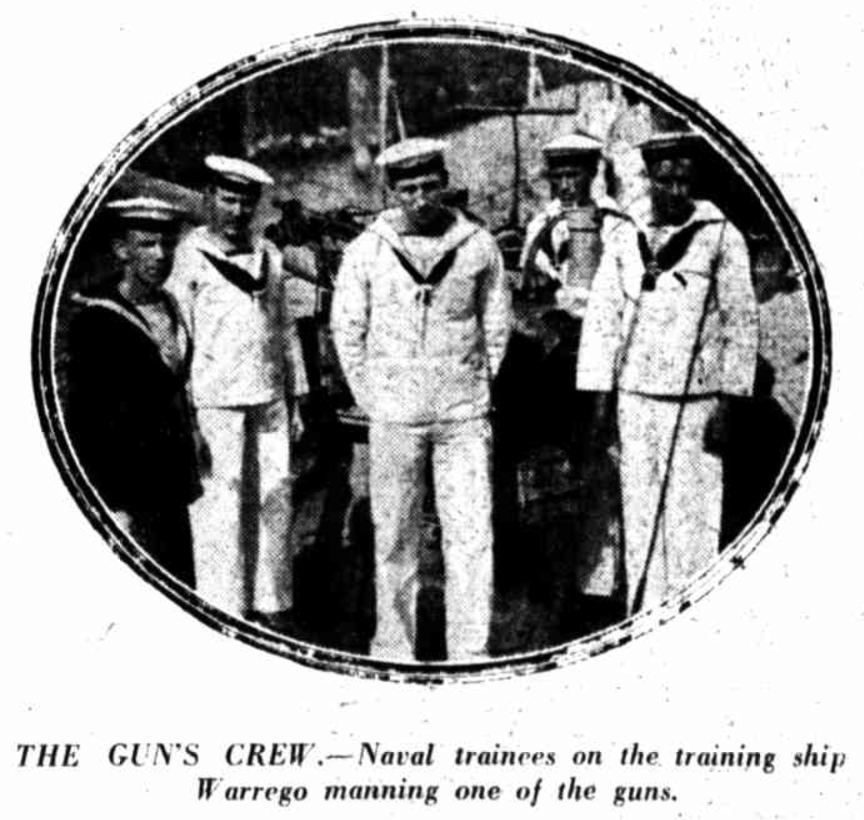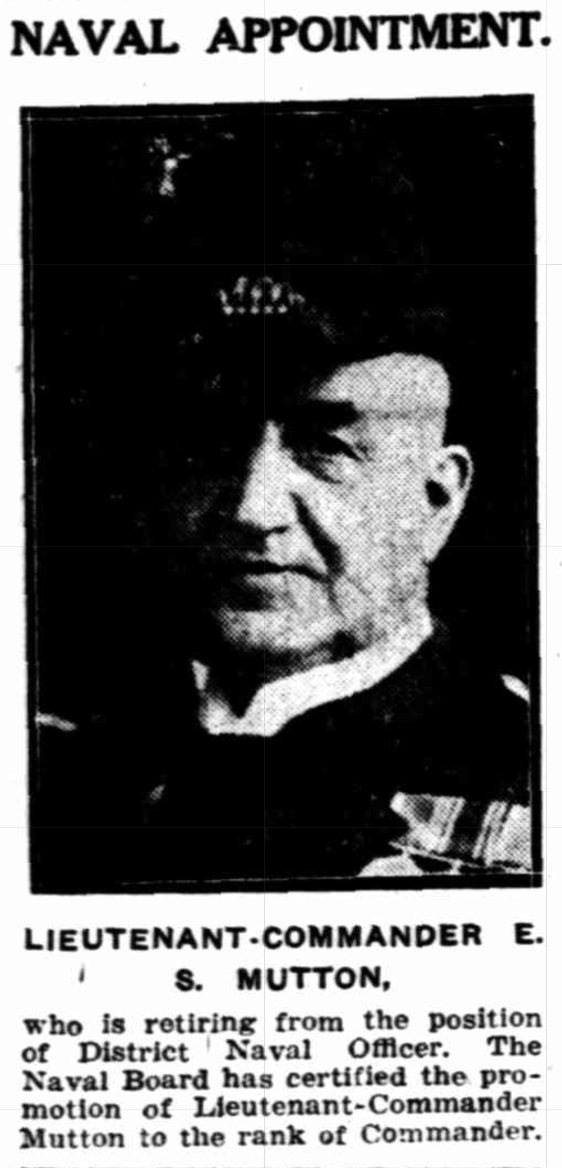Brisbane salutes the King
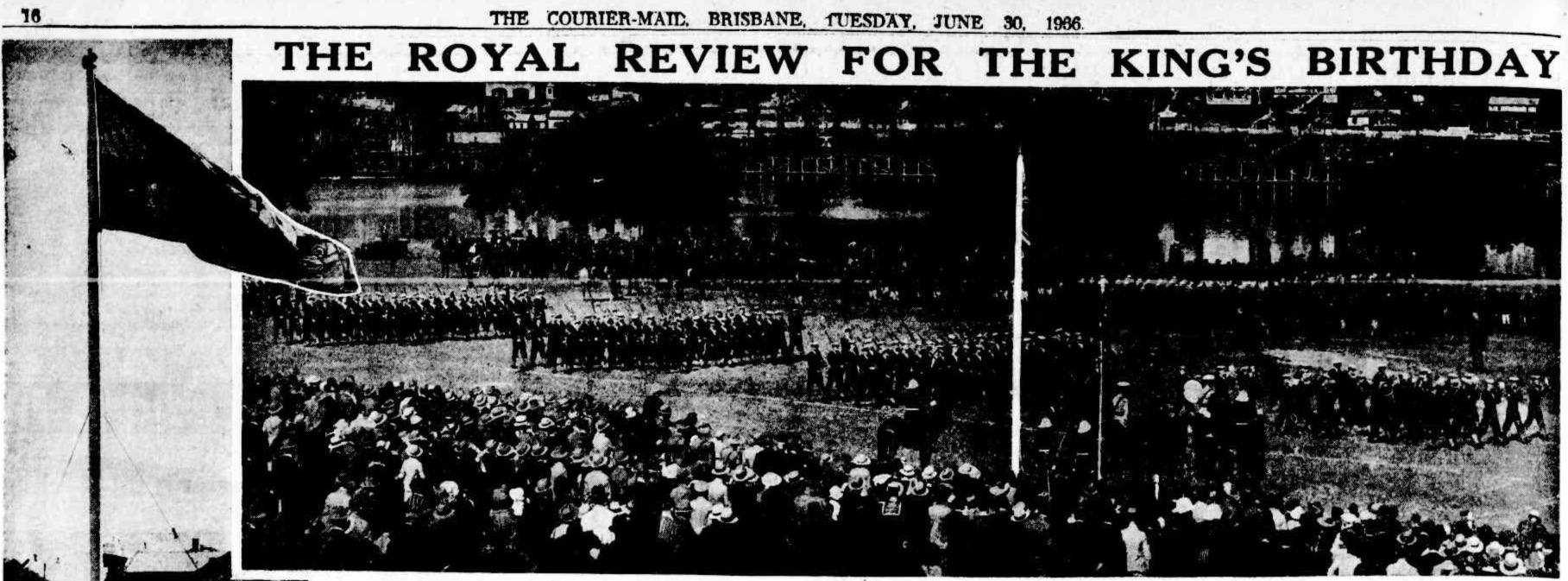
ABOVE: Brisbane’s “Royal Review” in honour of the newly-crowned King Edward VIII’s birthday involved combined elements of the Royal Australian Navy and the Australian Army. This photo appeared in the 30 June 1936 edition of Brisbane’s “The Courier-Mail” newspaper (page 16). The event took place in the Naval Headquarters’s Drill Yard, off Alice Street, beside the city’s Botanic Gardens, on 29 June 1936. King Edward ascended throne on 20 January upon the death that year of his father, George V. He turned 46 on 23 June and abdicated on 11 December the same year, after just 325 days as King of the United Kingdom and the Dominions of the British Empire, and as the Emperor of India.
NAVAL OFFICER ON HORSEBACK
Royal Review of Forces
THE Royal Review of naval and military forces, to be held in The Domain on Monday [ 29 June 1936 ], in commemoration of the King’s birthday, will be the most colourful parade seen in Brisbane since the inception of voluntary training.
For the first time within the memory of the majority of citizens the Royal Standard will be flown, but for the layman still greater interest will lie in the unusual spectacle of a naval officer on horseback, and the firing of a “feu-de-joie” by the military units.
Naval authorities pointed out yesterday [ 25 June 1936 ] that, while the appearance of one of their officers on horseback was unusual in Australia, senior naval officers frequently appeared in that manner at reviews of combined forces in England.
Members of the naval forces will be drawn up on the right of the parade, followed by military units in the following order:
- Mounted detachment of cavalry (2/14th Light Horse Regiment, with the recently-formed light car troop)
- Mounted battery of the Royal Australian Field Artillery (militia)
- Dismounted parties from the artillery
- Personnel of the heavy battery artillery (militia)
- Royal Australian Engineers (militia)
- Australian Corps of Signals
- 9/49th Battalion
- 15/20th Battalion of the 7th Infantry Brigade
- Australian Army Service Corps and mechanical transport
- Australian Army Medical Corps
- Australian Army Ordnance Corps
- Senior cadets from the Church of England Grammar School.
The naval forces will be paraded under the command of Lieutenant-Commander F.J. Nugent, R.A.N., [ Francis Joseph Nugent ] and the military under Colonel J. Hill, M.C. [ John Hill ]
At 11 a.m. the base commandant (Brigadier J.L. Whitham) [ John Lawrence Witham ] will arrive accompanied by the District Naval Officer (Commander E.C. Rhodes, R.A.N.). [ Ernest Clifford Rhodes ].
Both will be on horseback, and the commandant, as senior officer on parade, will be received with a general salute from the combined forces.
Commander Rhodes will then take command of the naval forces, and Brigadier Whitham of the military units.
In the meantime the combined forces will present arms, while the massed bands play the general salute.
Ten minutes later the Governor will arrive, and will be received with a Royal Salute.
The Union Flag will be broken, and the forces will come to the present, while the bands play the first six bars of the National Anthem.
Accompanied by the senior officer, the Governor [ Leslie Orme Wilson ] will inspect the parade, each commanding officer accompanying him.
After the inspection the parade will march past the Governor at the saluting base, returning to the inspection line.
The Australian ensign and the Union Flag will then be struck, and the Royal Standard will be broken at the head of a special mast.
The Governor will leave the base, and, with the parade, he will join in the Royal salute.
The military forces will fire a “feu-de-joie”, the field artillery firing seven rounds, followed by a ripple of fire down the ranks of the infantry.
When the bands have played the first part of the National Anthem the artillery will again fire seven guns, and the infantry the second round of the “feu-de-joie”.
The second section of the National Anthem will be played, followed by a third seven rounds, and the infantry will give the concluding part of the “feu-de-joie”.
The National Anthem will then be played in full. Head-dresses and caps will be removed, and three cheers will be given for the King.
To the sound of a Royal Salute the Governor will leave the parade ground, and the combined forces will return to their respective headquarters to be dismissed.
Invited guests at the review are desired to take their invitation cards.
Cars may be parked in the Naval Drill Ground, entrance from Alice Street.
– from page 12 of “The Courier-Mail” of 26 June 1936.
FOOTNOTE: “The Courier-Mail”, on 30 June 1936, reported: “…Of the naval forces, 10 officers and 200 ratings took part, and the military supplied 93 officers and 896 other ranks. Fine weather favoured the display, the only thing lacking being a suitable background that would have enhanced the sharpness of the long line of men in naval and military uniforms. From a naval standpoint the review was unusual, in that the Royal Standard was broken when the King himself was not present. According to naval law, the Standard should never be broken except in the presence of His Majesty, but, according to military custom, it is broken on ceremonial occasions and greeted with a Royal Salute. For the present year, however, the King approved of the adoption by the naval forces of the army procedure on shore…”
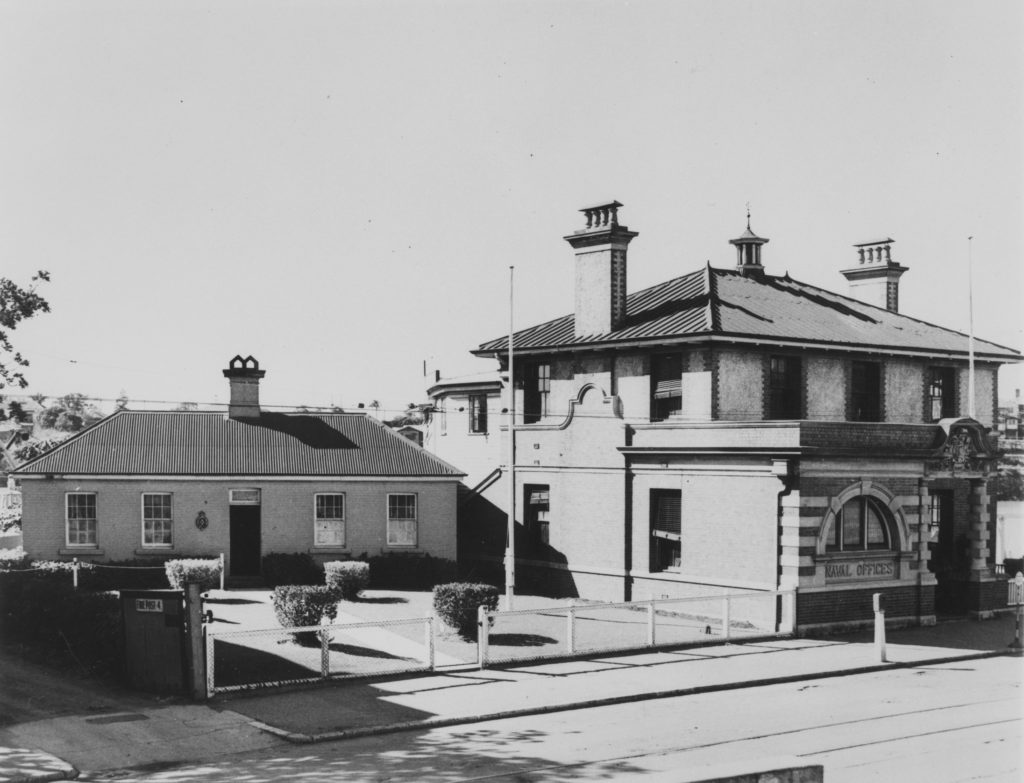
ABOVE: Brisbane’s inaugural Naval Offices were located at the river end of Alice Street. This is how the headquarters of the Queensland District of the Royal Australian Navy looked in about 1946. The main building remains intact. Photo courtesy of the State Library of Queensland Collection.
